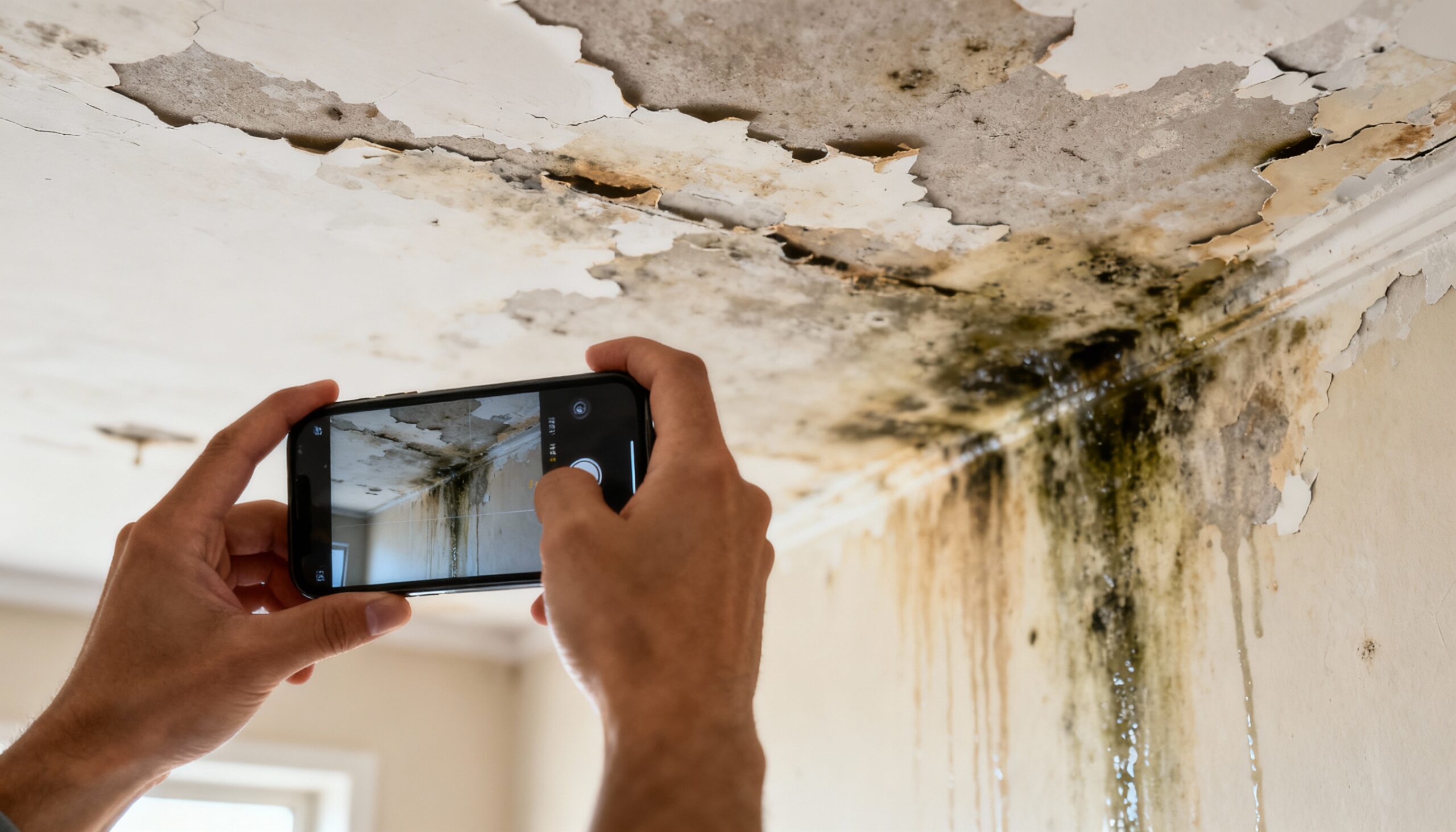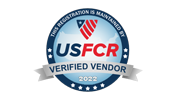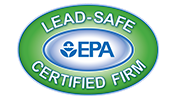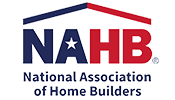What Constitutes Apartment Water Damage?
Apartment water damage refers to any destruction or deterioration caused by unwanted water intrusion in a rental unit. This can range from minor leaks that create stains to catastrophic flooding that renders the space uninhabitable. Unlike single-family homes, apartments present unique challenges because water often travels between units, making the source and responsibility more complex to determine.
Water damage in rental properties typically falls into three categories based on the water source. Category 1 involves clean water from sources like broken supply lines or rain. Category 2 contains contaminants and comes from sources like washing machine overflows. Category 3 is highly contaminated and includes sewage backups or flooding from rivers. Understanding these categories helps you assess the severity and determine the appropriate response.
The severity of tenant water damage also depends on how quickly it’s addressed. Water can penetrate drywall, flooring, and structural components within hours, leading to mold growth within 24-48 hours. This rapid progression makes immediate action critical for minimizing both damage and health risks.
Common Causes of Apartment Water Damage
Understanding the common sources of rental property damage helps tenants identify problems early and clarify responsibility. Each cause has different implications for liability and response requirements.
Plumbing Failures
Burst pipes, leaking fixtures, and failing water heaters are among the most frequent causes of apartment water damage. These issues can occur suddenly or develop gradually. Frozen pipes during winter months are particularly problematic in apartments with inadequate heating or insulation. When plumbing failures originate from building infrastructure, landlords typically bear responsibility for repairs.
Appliance Malfunctions
Washing machines, dishwashers, and refrigerators with ice makers can all cause significant damage when they malfunction. A disconnected washing machine hose or a cracked dishwasher seal can release gallons of water in minutes. Responsibility for appliance-related damage depends on who owns the appliance and whether proper maintenance was performed.
Roof and Window Leaks
Water intrusion from building exterior issues falls squarely on landlord responsibility. Damaged roofing, compromised flashing, or failing window seals allow rain to penetrate the building. These problems often affect multiple units and indicate deferred maintenance that the property owner should have addressed.
Water Damage from Neighboring Units
One of the most frustrating scenarios for tenants is suffering damage from a neighbor’s actions or negligence. An overflowing bathtub, a broken pipe, or even an unattended apartment flood in the unit above can cause extensive damage to your space. Determining liability in these situations requires investigating the original cause and whether negligence was involved.
| Water Source | Common Scenarios | Typical Liability | Response Time |
|---|---|---|---|
| Building Plumbing | Main line breaks, pipe failures in walls | Landlord | Immediate |
| Tenant Appliances | Personal washing machine, portable dishwasher | Tenant | Immediate |
| Building Exterior | Roof leaks, window failures, foundation issues | Landlord | 24-48 hours |
| Negligence | Left faucets running, ignored leaks | At-fault party | Immediate |
Immediate Steps to Take When Apartment Water Damage Occurs
Your response in the first hours after discovering water damage can significantly impact the extent of destruction and your ability to recover damages. Following these critical steps properly will help you manage the situation effectively and protect your rights as a tenant.
1. Ensure Safety First
Never enter standing water if electrical outlets, appliances, or fixtures are submerged. Water conducts electricity and creates a serious electrocution risk. If water is actively flowing, shut off the water supply if you can safely access it. For extensive flooding, evacuate the apartment and call emergency services if needed.
2. Notify Your Landlord Immediately
Contact your landlord or property management company as soon as you discover the problem. Most states require landlords to be notified promptly, and delays in notification can affect your rights. Send written notice via email or text message in addition to calling, creating a timestamped record of when you reported the issue.
3. Document Everything Thoroughly
Take extensive photos and videos of all affected areas before moving or removing anything. Capture the water source if visible, all damaged surfaces, affected belongings, and the extent of water spread. Include timestamps by using your phone’s camera, which embeds date and time metadata in photos.
4. Protect Your Belongings
Move undamaged items to dry areas if you can do so safely. Elevate furniture on blocks if water is still present. Remove wet items like rugs, clothing, and linens to prevent mold growth. However, don’t discard damaged items until you’ve documented them and consulted with your insurance provider.
5. Begin Water Removal and Drying
Start removing standing water with mops, towels, or a wet vacuum if available. Open windows for ventilation if weather permits. Use fans to promote air circulation. The faster you can dry the affected area, the less likely mold will develop and the less extensive the damage will be.
Understanding Liability in Apartment Water Damage
Determining who pays for rental property damage depends on several factors, including the water source, maintenance history, and whether negligence occurred. Understanding liability is essential for protecting your financial interests. The legal principle is generally straightforward: the party responsible for the cause of the damage bears financial responsibility for repairs.
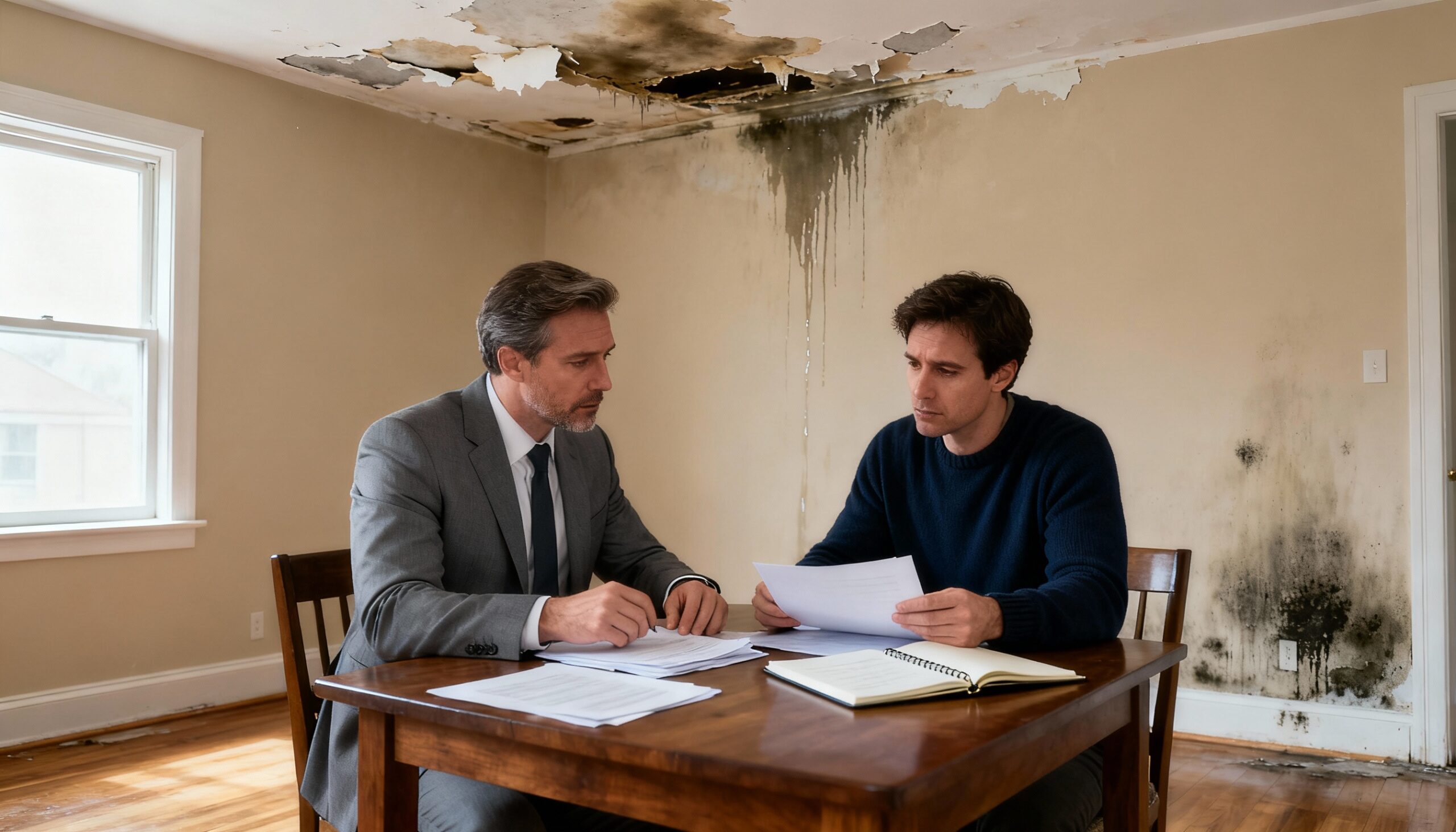
Landlord Liability
Property owners are responsible for maintaining the building’s structural integrity and major systems. This includes plumbing infrastructure, roofing, windows, and building-owned appliances. When tenant water damage results from the landlord’s failure to maintain these systems or respond to reported problems, the landlord bears full responsibility for repairs and restoration.
Landlords must also address habitability issues. If water damage makes the apartment unsafe or unlivable, the landlord must provide alternative housing or allow lease termination without penalty. Most states give landlords 24-72 hours to respond to emergency repairs and 7-30 days for non-emergency issues.
Tenant Liability
Tenants are responsible for damage resulting from their negligence or misuse of the property. Examples include leaving faucets running, ignoring visible leaks, or causing damage to plumbing fixtures. If you fail to report a small leak that becomes major damage, you may share liability for the worsened condition.
You’re also responsible for damage caused by your personal property and guests. If your washing machine hose disconnects and floods the apartment, or if a guest damages a fixture causing a leak, you bear responsibility. This is why renters insurance is essential—it covers your liability for accidental damage to the rental property.
Third-Party Liability
When damage originates from another unit, the responsible party is typically the tenant or owner of that unit. However, if the problem resulted from a building maintenance issue that affected the neighboring unit first, the landlord may still be liable. These situations often require investigation to determine the root cause.
Tenant Rights During Water Damage Situations
State and local laws provide significant protections for tenants dealing with apartment water damage. Understanding these rights helps you advocate for proper repairs and hold landlords accountable.
Right to Habitable Living Conditions
The implied warranty of habitability requires landlords to maintain safe, sanitary living conditions. Significant water damage that affects structural integrity, creates health hazards, or prevents normal use of the apartment violates this warranty. You have the right to repairs within a reasonable timeframe based on the severity.
Right to Withhold Rent or Repair and Deduct
Many jurisdictions allow tenants to withhold rent or pay for repairs and deduct the cost from rent when landlords fail to address serious habitability issues. However, you must follow specific legal procedures, including proper written notice and waiting periods. Research your state’s laws or consult a tenant rights attorney before withholding rent.
Right to Break the Lease
When rental property damage makes the apartment uninhabitable and the landlord cannot or will not complete repairs within a reasonable time, you typically have the right to terminate your lease without penalty. Document the damage extensively and provide written notice of your intent to vacate if repairs aren’t completed.
Right to Reimbursement for Damages
If you incur expenses due to landlord negligence—such as hotel costs during uninhabitable conditions, damaged personal property, or costs to prevent further damage—you may be entitled to reimbursement. Keep all receipts and document how expenses relate to the water damage incident.
Landlord Responsibilities for Water Damage
Property owners have clear obligations when apartment water damage occurs. Understanding these responsibilities helps tenants hold landlords accountable and ensures proper restoration.
Landlords must respond promptly to water damage reports, typically within 24 hours for emergencies. This includes stopping the water source, assessing the damage, and beginning mitigation efforts. Delays in response can worsen damage and create health hazards like mold growth.
The landlord must hire qualified professionals to repair structural damage, address plumbing issues, and restore the apartment to pre-damage condition. This includes repairing or replacing damaged flooring, drywall, fixtures, and addressing any mold remediation needs. Cosmetic repairs alone aren’t sufficient if underlying damage remains.
If the apartment becomes uninhabitable during repairs, landlords must either provide comparable temporary housing, reduce rent proportionally to the unusable space, or allow lease termination without penalty. The specific requirements vary by location, but the principle remains consistent: tenants shouldn’t pay full rent for space they cannot use.
Insurance Considerations for Apartment Water Damage
Understanding insurance coverage is crucial for protecting yourself financially when tenant water damage occurs. Multiple insurance policies may come into play, and knowing which covers what can prevent costly gaps.
Landlord’s Insurance
The property owner’s insurance covers damage to the building structure, including walls, flooring, ceilings, and built-in fixtures. It typically covers repairs needed to restore the apartment to its pre-damage condition. However, the landlord’s policy does not cover your personal belongings or your liability for damage you cause.
Renters Insurance
Renters insurance is essential for every tenant. It covers your personal property damaged by water, provides liability coverage if you accidentally cause damage, and often includes additional living expenses if you must temporarily relocate. Policies typically cover sudden and accidental water damage but may exclude flooding from external sources—flood insurance requires a separate policy.
Most renters insurance policies cover damage from burst pipes, appliance malfunctions, and water intrusion from neighboring units. Review your policy carefully to understand coverage limits and deductibles. Standard policies often have limits on high-value items like electronics, jewelry, or artwork.
Filing Insurance Claims
Contact your insurance provider immediately after water damage occurs. Provide your documentation, including photos, videos, and an inventory of damaged items. Your insurer will assign an adjuster to assess the damage and determine coverage. Keep records of all repairs and replacement costs.
When to Call Professional Restoration Services
While minor water incidents might be manageable with basic cleanup, many apartment water damage situations require professional intervention. Knowing when to call experts protects your health and ensures thorough restoration.
Professional water cleanup and extraction services become necessary when water covers large areas, comes from contaminated sources, or affects structural elements. Category 2 or Category 3 water—containing contaminants or sewage—always requires professional handling. These situations pose serious health risks that proper personal protective equipment and specialized cleaning protocols must address.
If water has been present for more than 24-48 hours, mold growth is likely, requiring professional assessment and remediation. Mold can spread rapidly behind walls and under flooring, creating health hazards that aren’t visible. Professional restoration companies use moisture meters and thermal imaging to detect hidden water and ensure complete drying.
Restoration professionals also provide essential documentation for insurance claims and landlord disputes. Their reports detail the extent of damage, necessary repairs, and whether the response was adequate. This documentation can be crucial if you need to prove landlord negligence or justify insurance claims.
Preventing Water Damage in Your Apartment
While you can’t control all factors in a rental property, proactive measures significantly reduce your risk of experiencing tenant water damage.
Inspect your apartment regularly for signs of water problems. Check under sinks for leaks, look for water stains on ceilings and walls, and ensure toilet seals remain intact. Report any issues to your landlord immediately—early detection prevents minor problems from becoming major damage.
Know the location of your apartment’s water shut-off valve. In an emergency, quickly stopping water flow prevents extensive damage. If you have a dishwasher or washing machine, inspect hoses regularly and replace them every three to five years, even if they appear fine. Consider using burst-proof stainless steel braided hoses for added protection.
During freezing weather, keep cabinet doors open under sinks to allow warm air circulation around pipes. If you’ll be away during cold weather, keep your heat on and set to at least 55 degrees Fahrenheit. Let faucets drip slightly during extreme cold to prevent frozen pipes.
Frequently Asked Questions
Who is responsible for apartment water damage—the tenant or landlord?
Responsibility depends on the cause. Landlords are responsible for damage resulting from building maintenance issues, structural problems, or failure to repair reported issues. Tenants are responsible for damage caused by their negligence or misuse. If another tenant causes damage, they may be liable. Document everything and review your lease for specific terms.
Does renters insurance cover water damage in apartments?
Yes, standard renters insurance covers sudden and accidental water damage, including burst pipes and appliance malfunctions. It covers your personal belongings and liability if you cause damage. However, it typically excludes flooding from external sources like storms or rivers, which requires separate flood insurance. Review your specific policy for coverage details and limitations.
How quickly must a landlord respond to water damage in an apartment?
Most jurisdictions require landlords to respond to emergency situations within 24-72 hours. The specific timeframe varies by state and local laws. Emergency situations affecting habitability demand immediate attention, while minor leaks may allow longer response times. Document when you reported the issue and the landlord’s response time for your records.
Can I break my lease due to apartment water damage?
If water damage makes your apartment uninhabitable and the landlord doesn’t complete repairs within a reasonable timeframe, you can typically break your lease without penalty. The damage must significantly affect habitability—minor issues usually don’t qualify. Provide written notice to your landlord and document the damage extensively. Consult local tenant rights resources for specific procedures.
What should I document when water damage occurs?
Take photos and videos of all affected areas, including the water source, damaged walls, floors, ceilings, and personal belongings. Document standing water depth, wet materials, and visible mold. Save all communication with your landlord, including emails, texts, and notes from phone calls. Keep receipts for expenses related to the damage, and create a written timeline of events.
Should I hire my own restoration company or wait for the landlord?
For severe water damage with health or safety risks, you can contact professional restoration services immediately for emergency mitigation. Document your attempts to reach the landlord and their response. You may be entitled to reimbursement if the landlord was responsible for addressing the issue. For minor problems, notify your landlord first and allow reasonable time to respond before taking action.
Get Professional Help with Apartment Water Damage
Dealing with apartment water damage requires quick action and expert assistance. Whether you’re a tenant facing an unresponsive landlord or a property manager needing rapid response, professional restoration services make the difference between minor inconvenience and major disaster.
At Advanced DRI, we understand the unique challenges of water damage in rental properties. Our team responds 24/7 to apartment floods and water emergencies, providing thorough documentation, rapid mitigation, and complete restoration services. We work with tenants, landlords, and insurance companies to ensure proper repairs and fair resolution.
Whether you need sewage cleanup, contents restoration, or reconstruction services, our experienced professionals are ready to help. Don’t let water damage worsen while waiting for a response. Contact Advanced DRI at (801) 999-4155 for immediate assistance with apartment water damage. We’re available around the clock to protect your property and restore your peace of mind.

